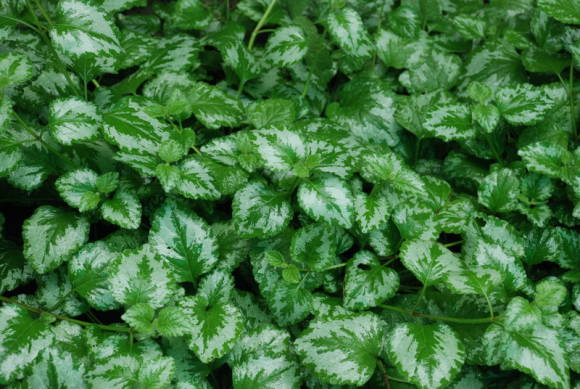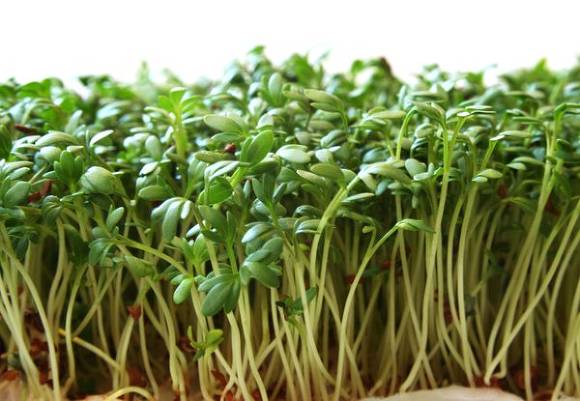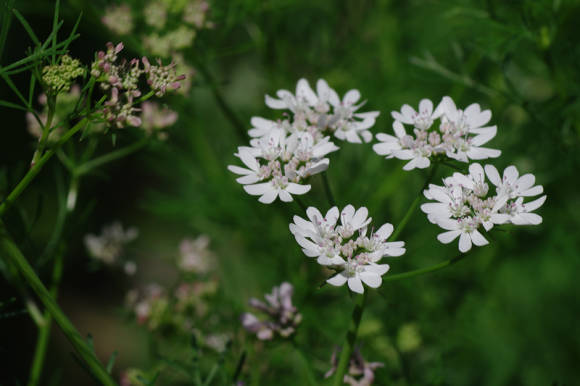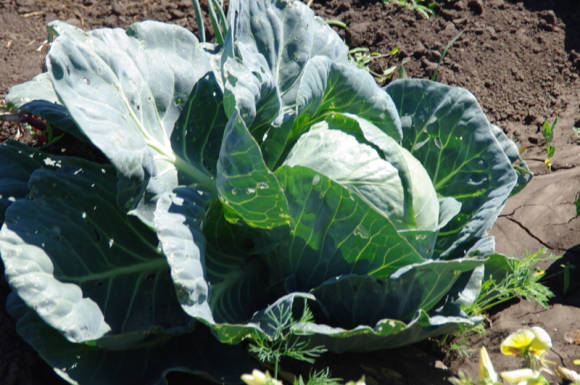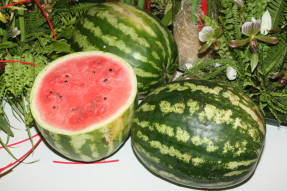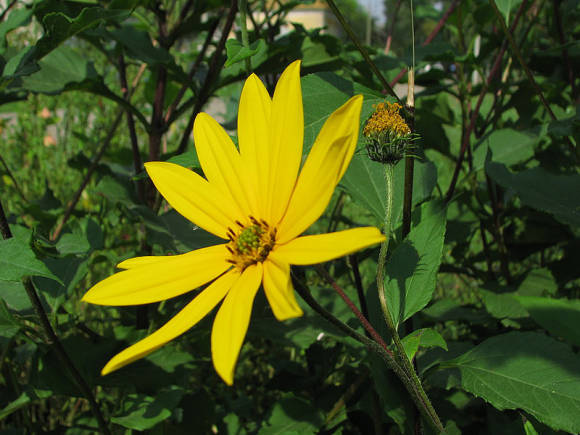Spiky haulteria (Gaultheria mucronata) With glossy green leaves and numerous small porcelain-like beads in pearl white, pink, burgundy or purple, which can be found in flower shops from autumn until New Year, it is a true embodiment of the miniature Paradise tree.
The holiday of Christmas falls on the time of the winter solstice, which was widely celebrated by pagans in ancient times. In order to distract early Christians from pagan traditions and instill in them Christian ones, scenes from the Bible about Adam and Eve were played on the streets of cities. The tree of paradise was decorated with artificial fruits, and conifers were decorated in the northern countries. Instead of a bulky living tree, which it is so pitiful to throw away after the holidays, you can put a pointed haultery in the room, a recumbent haultery, an ardisia crenate, which will symbolize the New Year and Christmas.
The spiky haulteria on sale comes as pernettia pointed(Pernettya mucronata). Previously, species native to the Southern Hemisphere were classified in the genus Pernettya, and the old name is still preserved in nurseries.

The plant is native to southern Argentina and Chile, where it is found in moist and light forests or in open places. This is an evergreen shrub with hard dense branches, forms dense thickets with the help of underground shoots. Under natural conditions, each individual plant can reach 1.5 m in height and about 1.2 m in diameter, but cultivars are usually more compact. Leaves 0.8-2 cm long and 0.3-0.6 cm wide, on short petioles, alternate, ovate, with a rounded base and pointed apex, finely serrated along the edge, dark green, leathery and glossy.
White bell-shaped flowers, typical of many members of the heather family, to which the genus Gaulteria belongs, completely cover the bush in the spring, and in the fall there appear numerous pink or red berries about 1 cm in diameter. They remain on the plant until next spring, until a new flowering. The plant is dioecious, female and male flowers bloom on different bushes.
When ripe, the fruits are sweet and juicy, but somewhat tasteless, with a texture reminiscent of polystyrene. Tribal peoples of Central and South America consumed them as a staple food, although the plant can often be found on lists of dangerous plants that cause hallucinations and paralysis.

In countries with warm climates (USDA zone 7, down to -17.7 ° C), it is grown as an outdoor plant, using it to create a low hedge, especially in a sunny place where the haulteria forms dense thickets.
For horticulture, many varieties have been selected that differ in size and color of fruits, for example:
- Bell's seedling - with dark red fruits about 1 cm in diameter.
- Crimsonia - with large raspberry fruits about 1.5 cm.
- Mulberry wine - with purple-violet fruits.
- Sneeuwwitje - with large white fruits, often with a pink spot.
In the southern regions of our country, the plant can winter outdoors. The soils of the haulteria prefers well-drained, sandy or loamy, always acidic and moist. The introduction of manure is unacceptable. Grows well in full sun or light shade.
In more harsh climates, the spiky haulteria is grown indoors.

Home care
It is optimal to grow the pointed haulteria as a container plant, in the summer to take it out into the garden, and in the winter to put it in a cool greenhouse. Or, as a potted plant, it can be kept on an insulated balcony all year round.
Lighting. Pointed haulteria prefers sunlight, can grow in light shade, but in northern latitudes it is better to do without shade. In a highly shaded place, there will be no flowering or it will be scarce, and the shoots will be very elongated. Shading from the summer midday sun is required only in closed rooms.To avoid overheating through the glass, provide good ventilation and a constant supply of fresh air.
Temperature. In the summer, take the plant out into the garden or put it on an open balcony, it tolerates temperature fluctuations well. Keep it cool in winter (+ 5… + 12 ° C).
Watering regular, immediately after slightly drying the top layer of the soil, always with soft water. Once every few waterings, acidify the water with lemon juice, 1-3 drops per liter. Thin roots are very sensitive to waterlogging, do not leave water in the pan for more than 30 minutes after watering.
Air humidity. At air temperatures above + 18 ° C, regularly (several times a day) spray the plant with boiled water from a fine spray.
Soil and transplant. For planting a haulteria, sour soil mixtures are required, for example, for gardenia or azalea. You can acidify the soil by adding sphagnum or high moor peat. For good drainage, add about 1/3 the volume of perlite to the mixture and stir, not placing the drain on the bottom of the pot. The root system of the haulteria is superficial, consists of thin roots, so choose small and shallow pots. In order not to destroy the mycorrhiza (a symbiotic fungus on the roots), replant it with a careful transfer, without replacing the soil. Plants are transplanted in the spring and only if the roots have mastered the entire volume well, the size of the pot is increased by no more than 1-2 cm in diameter. Do not loosen the soil to avoid damaging the roots.
Specimens that have grown in breadth due to root growth can be carefully divided during transplantation.
Top dressing. Fertilizer for rhododendrons (azaleas) is applied from spring to autumn. In winter, all top dressing is canceled.
Pruning and shaping basically comes down to removing dried leaves and twigs. The growth rate is slow, so only shoots that are very elongated from a lack of light have to be shortened.
Flowering, fruiting, reproduction. Flowering occurs in late spring or early summer, when the plants are covered with many small white bell-shaped flowers. Most varieties are dioecious, and for the formation of fruits, the joint cultivation of female and male plants is required (for 4-5 female plants - 1 male). Plants with fruits that are purchased in stores are female. For pollination, they need to have male plants nearby, for example, a specimen of a male variety Mascula.
 |  |
Bell's seedling - bisexual form. It is enough to have only one plant of this variety for fruit to set. It can also serve as a pollinator for female plants of other varieties. It is necessary to carry out artificial pollination, transferring pollen from male flowers to female flowers with a soft brush for painting.
Male specimens can be grown independently from seeds collected from a purchased plant in the fall. After cold stratification, they germinate in the light for several weeks. The first flowering will come in 3-4 years. Female plants grown from seeds may differ in their habit, shape and fruit color from the mother plant. But pollen from male specimens will not affect the quality of the fruit of the original varietal plant.
To preserve varietal characteristics, a plant purchased in a store can be propagated vegetatively, by cuttings or by separating root shoots during transplantation, the clones will be completely identical to the mother plant. And when they are pollinated with pollen from any plant of the spiky plant (varietal or grown from seeds), fruits will be tied on them, like from the mother plant, bought with fruits.
Diseases and pests. The haulteria, with proper care, is quite resistant to disease and is rarely damaged by pests. When waterlogged, roots can rot. When the soil is alkalized, chlorosis (yellowing of the leaves) will appear on the leaves. Possible defeat by mealybugs, aphids.
About plant protection - in the article Houseplant pests and control measures.

